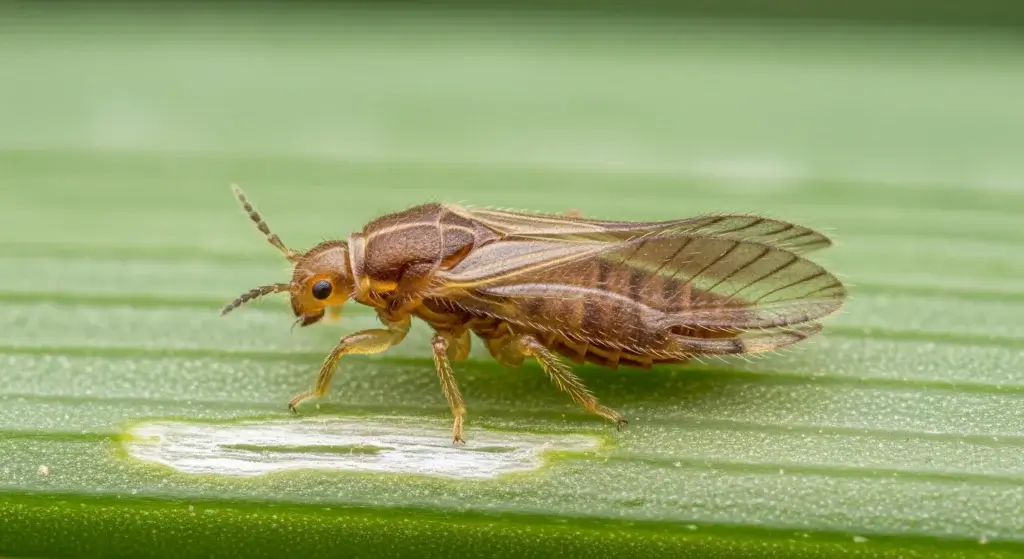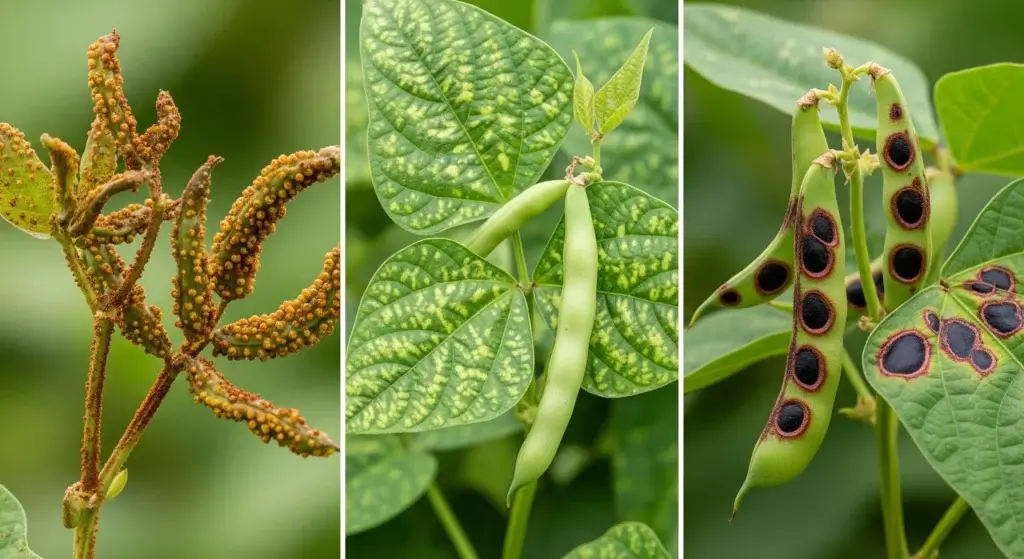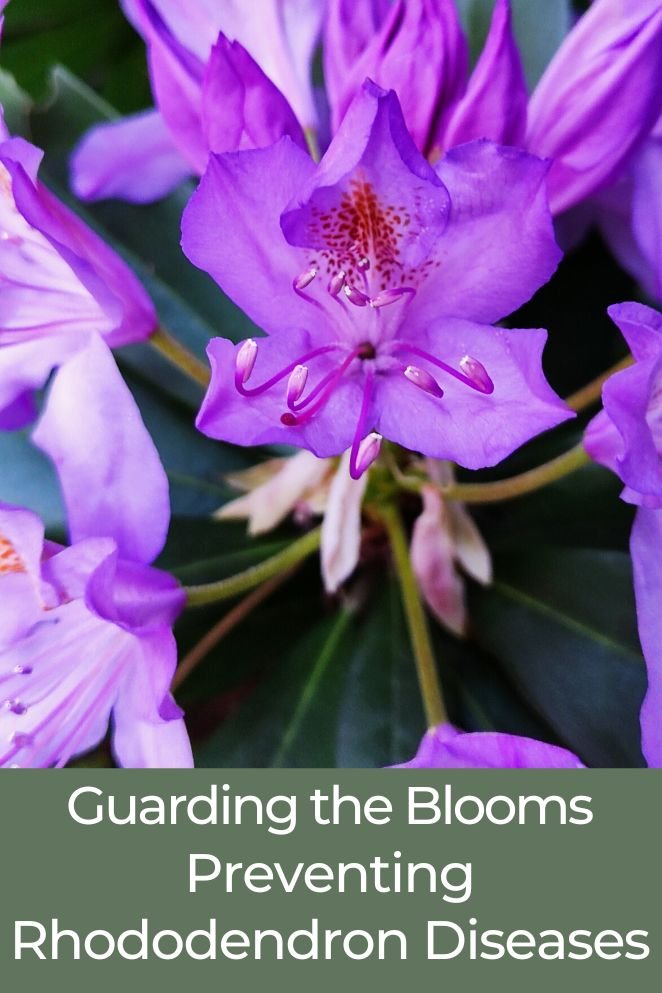
Welcome to this in-depth guide where we’ll explore the different facets of rhododendron diseases.
We’ll delve into the signs to look out for, effective prevention strategies, and measures to control them.
Whether you’re an experienced gardener or a newcomer to the world of plants, it’s essential to grasp the methods to ensure the health of your rhododendrons, preserving their captivating beauty.
What are Rhododendron Diseases?
Taking good care of your rhododendrons and ensuring optimal planting conditions is crucial for keeping them healthy.
However, it’s also valuable to be aware of common diseases that might crop up.
Here’s a breakdown of some typical issues you should keep an eye out for:
- Read also: Unveiling Vinegar For Slug Control
- Read also: Understanding and Preventing Grasshopper Plant Damage
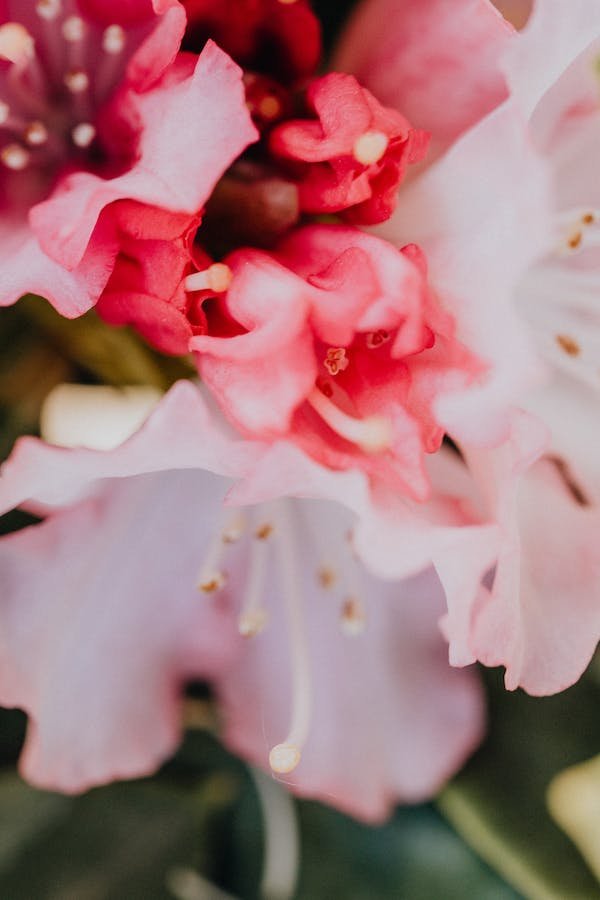
Powdery mildew
This common fungal (Erysiphe spp.) disease appears as a white powdery substance on leaves, leading to a decline in plant health.
Prevention: Adequate spacing between plants, proper air circulation, and fungicidal treatments can help control powdery mildew.
Leaf spot
Caused by various fungi (predominantly Colletotrichum gloeosporioides), leaf spots result in dark spots on leaves, often with a surrounding yellow halo.
Prevention: Pruning affected branches, promoting good air circulation, and applying fungicides can mitigate leaf spots.
Root rot
A soilborne pathogen, Phytophthora spp. can cause root rot, leading to wilting, yellowing, and eventual death of the plant.
Prevention: Well-draining soil and avoiding overwatering are crucial preventive measures.
Bud blast
Flower buds turn brown and fall off before opening, usually due to fungal (Seifertia azaleae) infection during cool, wet weather.
Prevention: Keep plants free of leafhoppers, especially when the female adults are laying eggs.
Petal blight
Gray mold (Ovulinia azaleae) can infect flowers, causing them to turn brown and rot. This is more common in cool, wet weather.
Prevention: Clear away crop debris, ensuring a clean and tidy environment.
Employ a watering method that prevents plant surfaces from remaining damp.
Adequately space the plants to facilitate optimal air circulation. Administer fungicide as soon as blossoms begin to open.
Leaf gall
This fungal (Exobasidium vaccinii) disease causes deformed, fleshy green or yellow outgrowths on leaves, affecting their appearance and photosynthesis.
Prevention: Keep plants free of damaging invertebrates, as some insects and mites may spread the spores of the fungus.
Eliminate and dispose of all galls before they turn white with new spores.
Dieback
Botryosphaeria dothidea sneaks into plants through wounds or natural openings like leaf scars.
Once this fungus is inside, it starts munching on vital tissues, disrupting the flow of water and nutrients.
This causes branches and twigs to wither and die, often starting from the tips and progressing downwards.
Prevention: Promote plant health by choosing a partially shaded planting location and ensuring adequate watering during dry spells.
Rhododendrons are vulnerable to infection when stressed by drought or freeze injury, so it’s essential to reduce these stressors.
Avoid causing wounds to the plant, prune affected branches well below any discolored wood.
Dispose of dead plant material to prevent the further spread of the disease.
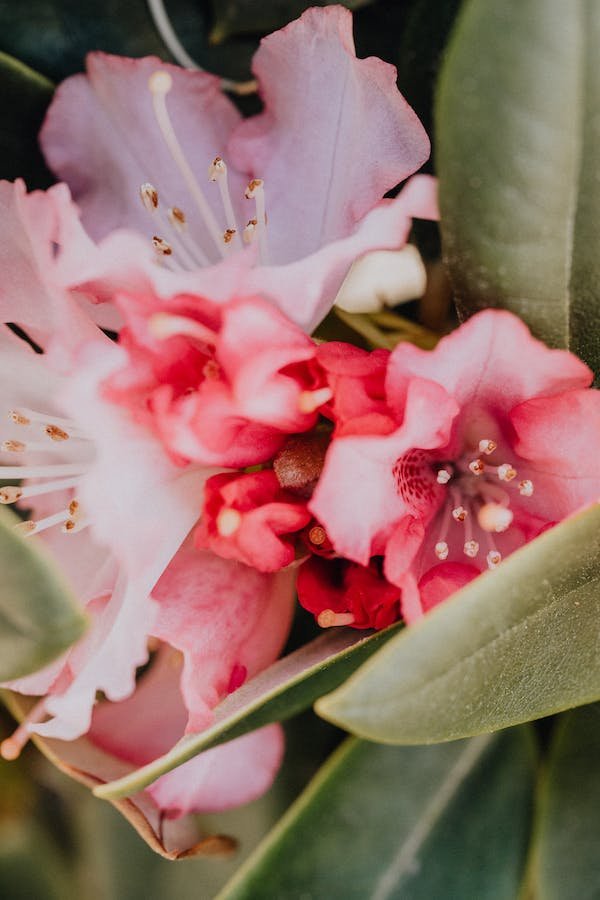
What are the Symptoms of Rhododendron Disease?
Early detection is crucial for effective intervention and preventing the spread of the problem.
Here’s a detailed guide on common symptoms to watch out for:
Leaf discoloration
- Yellowing leaves: If you notice the leaves turning yellow, it might indicate nutrient deficiencies, root rot, or fungal infections.
- Browning leaves: Browning can be a sign of stress, overwatering, or diseases like Phytophthora root rot.
Wilting and abnormal growth
- Wilting foliage: Sudden wilting may suggest root issues, such as Phytophthora or Armillaria root rot.
- Abnormal growth patterns: Stunted or distorted growth may be a result of viral infections or nutrient imbalances.
Spots on leaves
- Dark spots: Dark, irregular spots could signify fungal diseases like leaf spot or petal blight.
- Rust-colored spots: Rust-colored spots may indicate rust diseases, such as Azalea Rust, affecting rhododendrons.
Powdery mildew
- White powdery substance: The presence of a powdery substance on leaves suggests powdery mildew, a common fungal infection.
Twig and branch dieback
- Dieback: Sections of twigs or branches dying off may be caused by various factors, including fungal diseases or stress.
Make it a habit to check on your plants regularly.
Take a close look and keep an eye out for any signs that seem out of the ordinary.
If you notice something unusual, don’t wait – take action right away.
Implement the necessary measures promptly to address any issues and ensure the well-being of your plants.

How to Control Rhododendron Diseases
Despite our best efforts, rhododendron diseases may still arise. Here’s how you can effectively control and manage these issues:
Early detection
Regularly inspect your rhododendrons for any signs of diseases, such as discoloration, spots, or wilting.
Early detection is crucial for successful control.
Isolation and removal
If you identify a diseased plant, isolate it immediately to prevent the spread of the disease to healthy plants.
Remove and dispose of the affected plant parts properly.
Pruning
Prune infected branches or foliage, making sure to cut several inches below the affected area.
Sterilize pruning tools between cuts to avoid cross-contamination.
Improve cultural practices
Adjust cultural practices to create an environment less favorable for disease development.
This may include improving soil drainage, ensuring proper spacing between plants, and avoiding overwatering.
Biological controls
Consider the use of beneficial insects or organisms that prey on the pathogens causing diseases.
This can be an eco-friendly approach to disease control.
Soil amendments
Incorporate organic matter into the soil to enhance its structure and nutrient content.
Healthy soil promotes strong plant growth and resilience against diseases.
Water management
Adjust watering practices to avoid creating a damp environment that encourages fungal growth.
Water in the morning to allow foliage to dry during the day.
Fungicides
Apply fungicides as a targeted control measure for fungal diseases.
Choose a fungicide that is effective against the specific pathogen affecting your rhododendrons.
Follow the manufacturer’s instructions carefully regarding application timing and frequency.
- Read also: Stink Bug Plant Damage and How to Protect Your Garden
- Read also: Understanding Thrips and Plant Damage
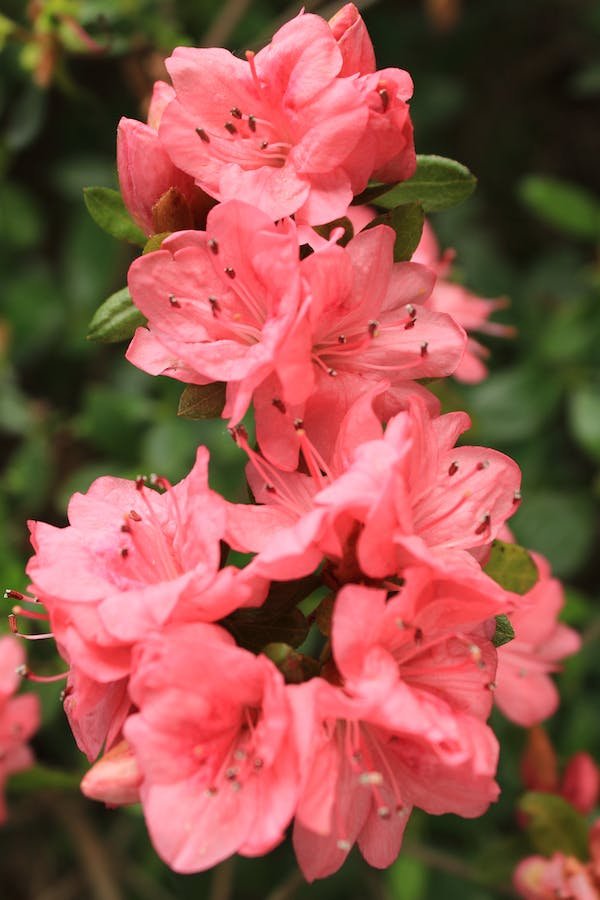
Conclusion
In the grand tapestry of your garden, rhododendrons add a burst of color and elegance.
By understanding, preventing, and effectively controlling diseases, you can ensure that these beautiful shrubs continue to thrive.
Remember to maintain a vigilant eye, implement preventive measures, and take prompt action when needed to enjoy a garden filled with healthy and vibrant rhododendrons.
Frequently Ask Questions
It’s recommended to use fungicides specifically formulated for rhododendrons to ensure effectiveness and avoid any potential harm to the plants.
Regular inspections every two to three weeks during the growing season are ideal. More frequent inspections may be necessary during periods of high humidity or if you notice any unusual symptoms.
While rhododendrons prefer partial shade, some varieties can tolerate full sun. However, it’s crucial to ensure adequate moisture and take precautions to prevent stress-related diseases in such conditions.


